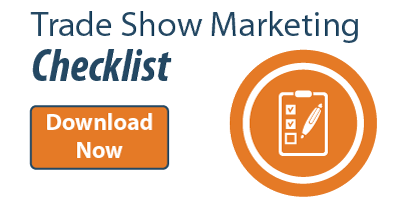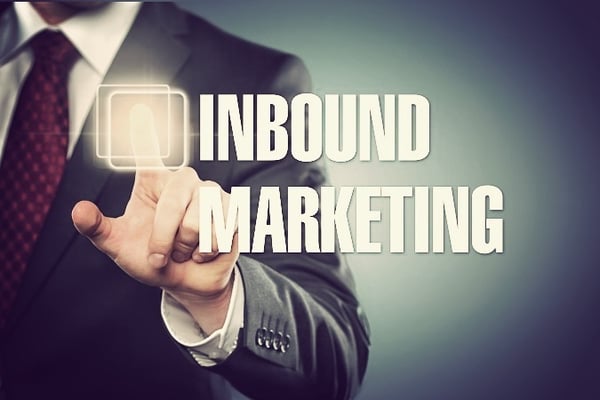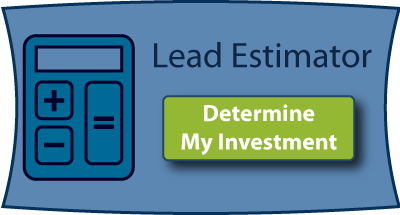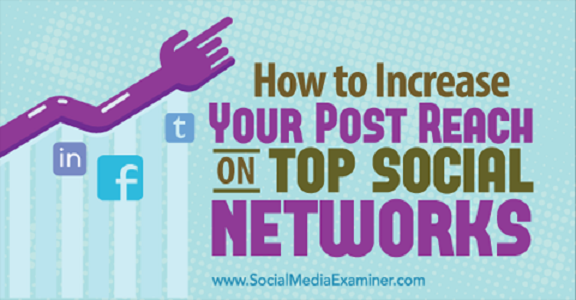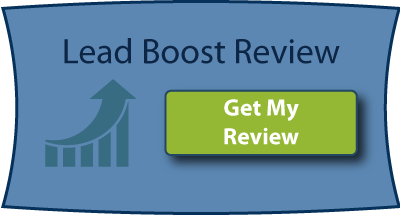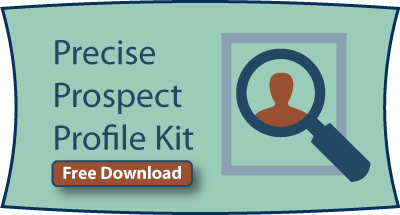“I am doing everything I know to do, but my marketing isn’t bringing me leads!”
Too many CEOs and business owners we talk to are frustrated. You are doing all you know, but your website still isn't delivering leads.

You're creating blog content, publishing it on social media, and driving some traffic, but still struggle to generate leads.
If you're finding it's difficult to get leads, or your website isn't working, you may have a strategy problem. Follow the steps below and I'll help you get started.
1. Start With A Clear Goal
Trying to grow your business without having a goal is like going on a road trip without a map. You'll get lost!
Decide on a goal that is specific and measurable. How about 25 qualified leads per month? Great goal! Now you just need to map out the route to get you there.
2. Identify Your Ideal Prospect
To generate 25 qualified leads per month, you must first clarify who you'd like to attract. Use your sales team and identify all the dimensions of an ideal prospect.
The more precise you can be about knowing your buyers, the better your results. Download the Precise Prospect Profile Kit for help.
3. Discover Your Audience
Once you have your goal, and know who your audience is, you can get started looking for them. Think about where they spend their time online.
For B2B companies, start with LinkedIn. That is where a lot of professionals spend their time. Search for groups within a target market and you will find there are plenty of them, full of your future prospects.
Use Google to search for blogs, forums, and other websites where more of your target audience could be spending time, searching for answers to their questions.
Put links to all the places you come up with on a list so you can refer back to it again.
4. Pinpoint Pains, Problems & Questions
Search blogs, social media sites, websites, and forums to identify the challenges and pains around the product or service you offer.
Write down common questions and problems you find and use them to build your content and stories.
5. Create Content
When you create content, think about your prospects goals. What are they trying to accomplish or get away from? What is keeping them up at night and how can your product or service help?
The content you create must match the needs of your customers. Write content that is valuable that addresses top questions, goals, and pain points.
6. Targeted Outreach
Reach out to your audience and share your content where they are. That is how you will drive them back to your site so they can discover all your amazing content.
Here are some things you can do to reach out to your target audience:
- Share your blog articles as discussions in LinkedIn Groups.
- Comment on other websites and blogs and reference your content.
- Share your article on Twitter using relevant hashtags—schedule multiple tweets over several days.
- Find individuals on LinkedIn or other websites and send them a personal email with a link to the article.
- Send an email to relevant leads in your CRM and share the article. You do have your contacts segmented, right? Only send relevant content to prospects.
Remember to do this for each article you publish!
In Conclusion
Following through on the steps set out above will increase the number of leads you get from your online marketing. It will help get you and your business where you want to go and get the leads you need to grow your business. Write your own road map to success today and then enjoy the ride!
Inbound Out Marketing takes a lot of work and the right tactics vary from one company or industry to the next. Read the CEO's 2016 Guide to Marketing and learn how to create and execute your own 2016 marketing strategy.

Takeaways
- Create a road map to achieve your marketing goals.
- Create or fine-tune your stories to target your ideal prospect.
- Use content tailored to your audience to reach out online.

